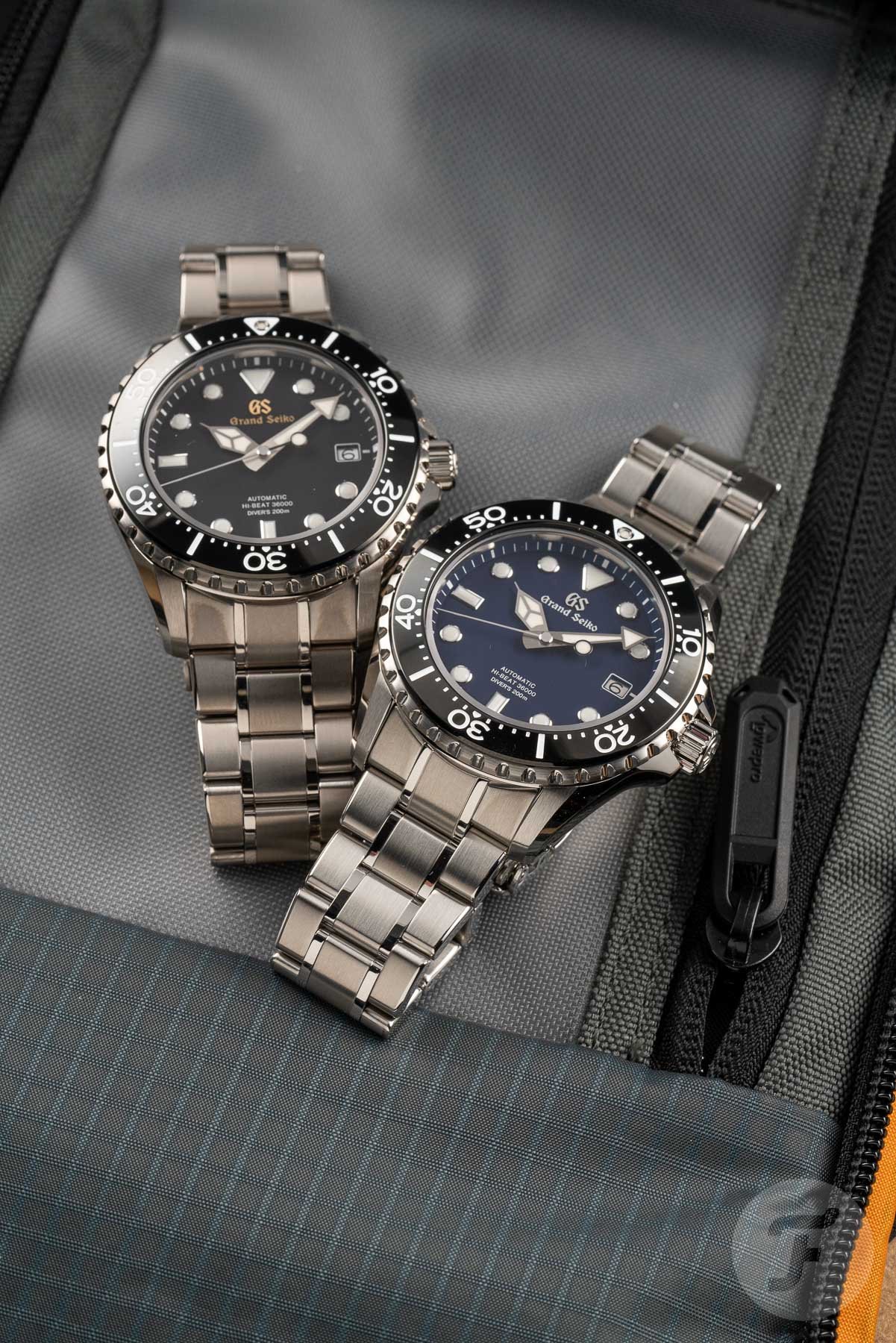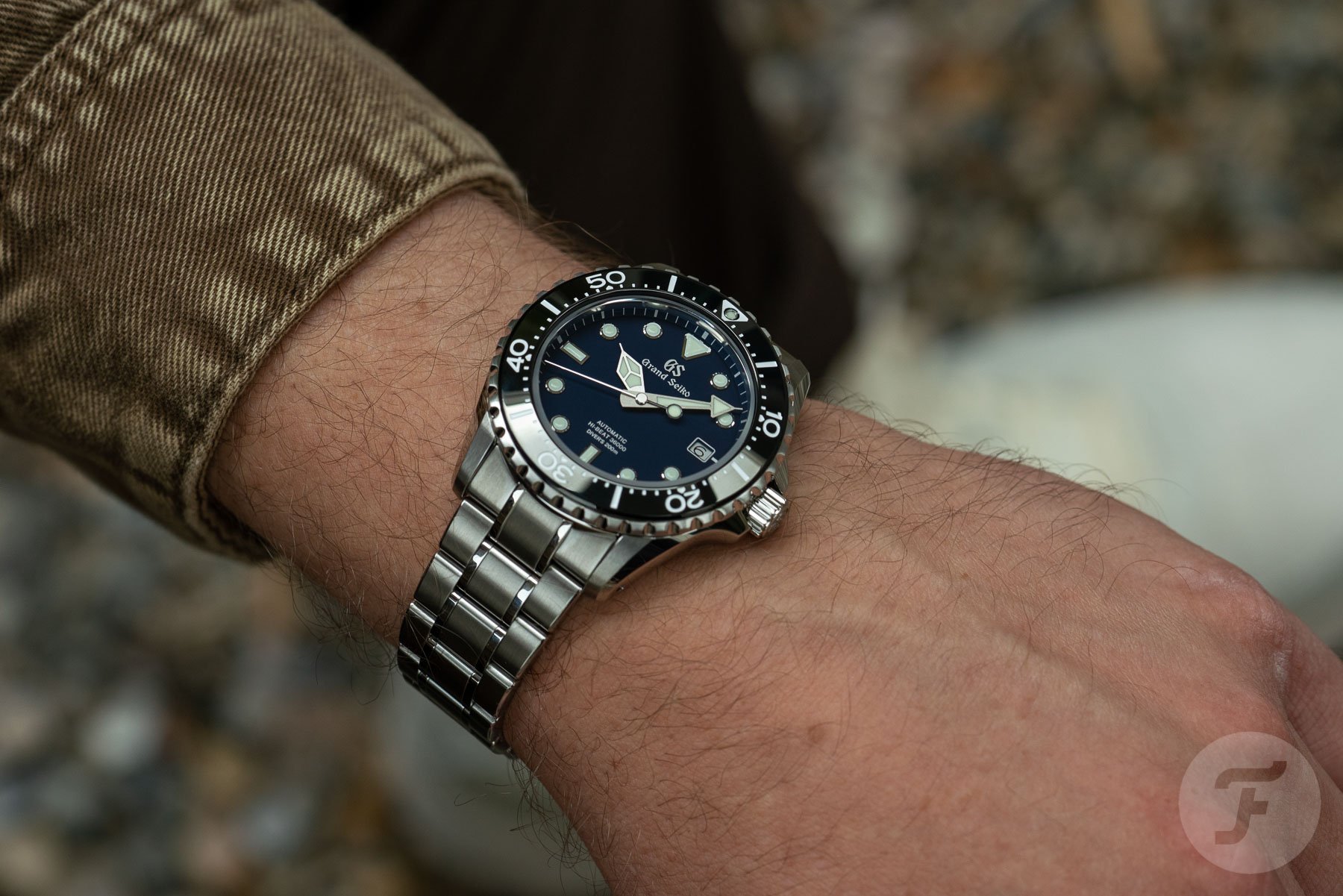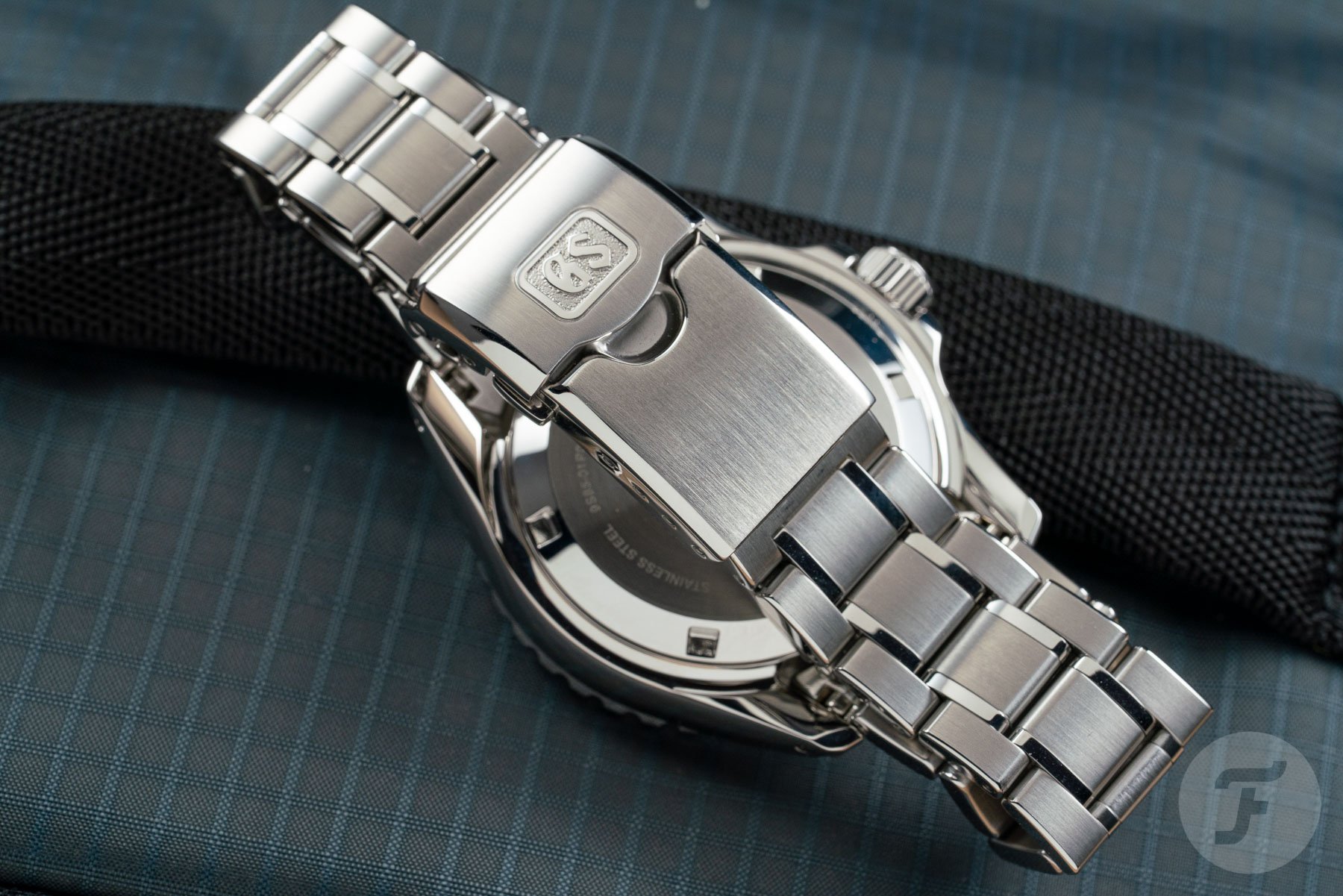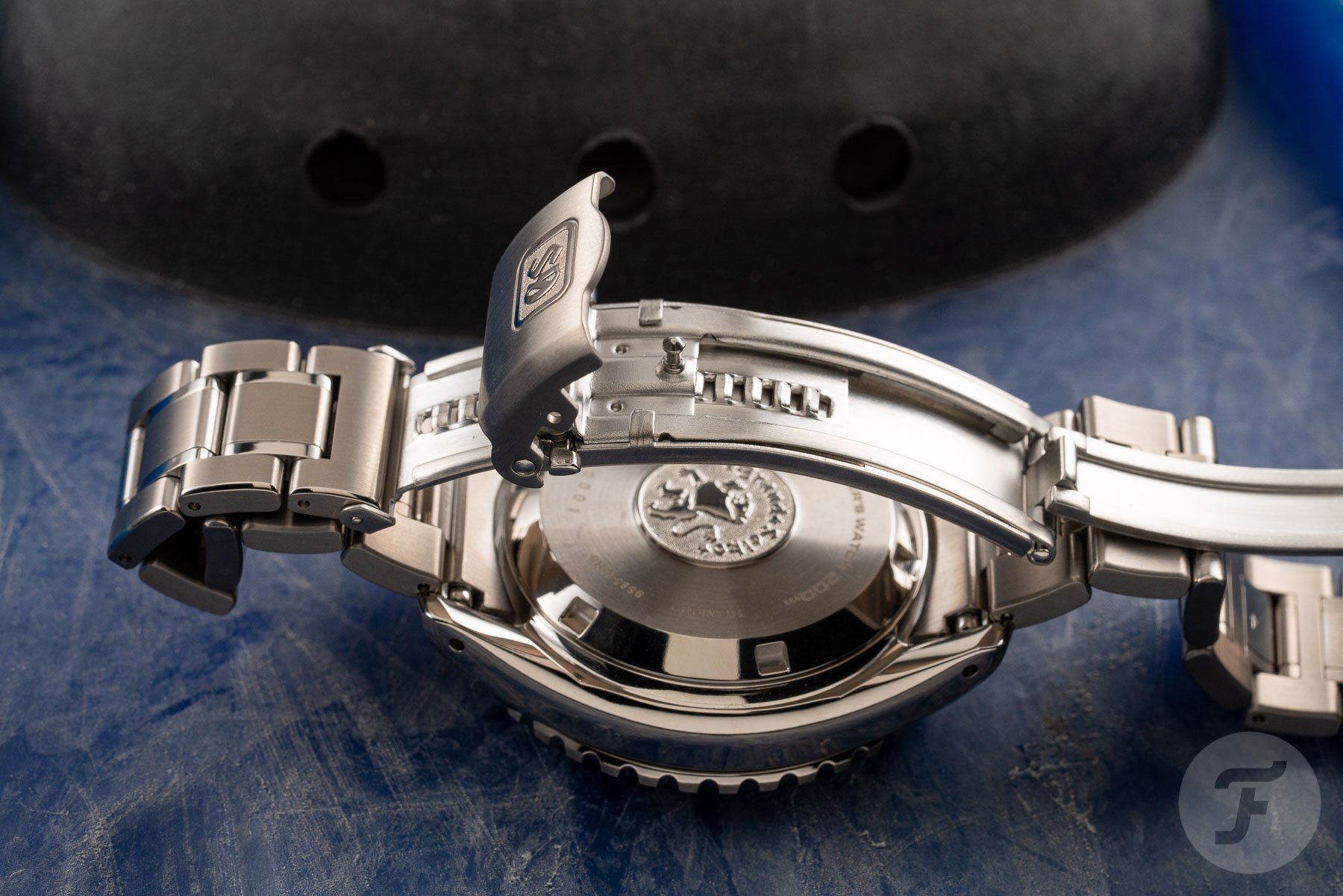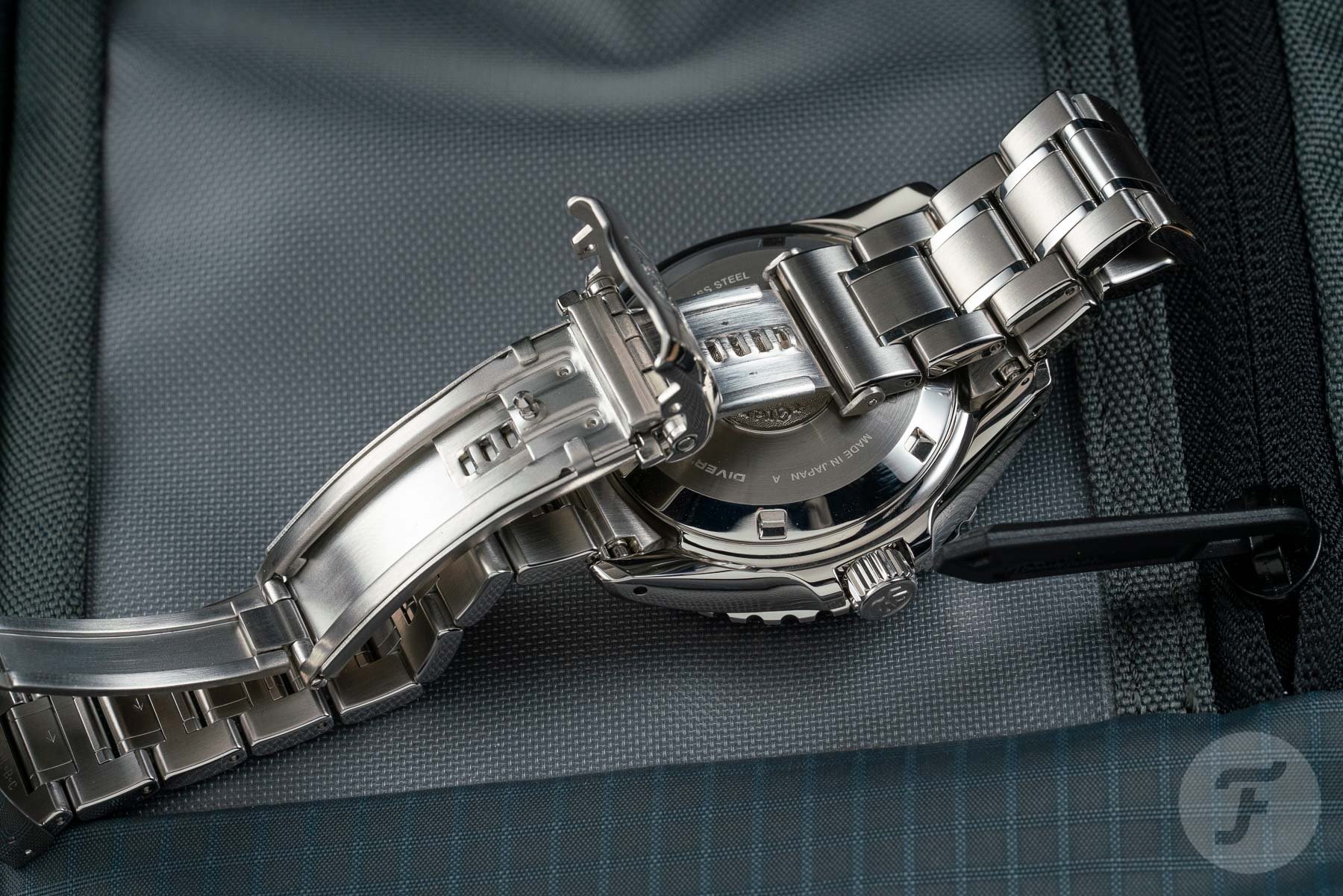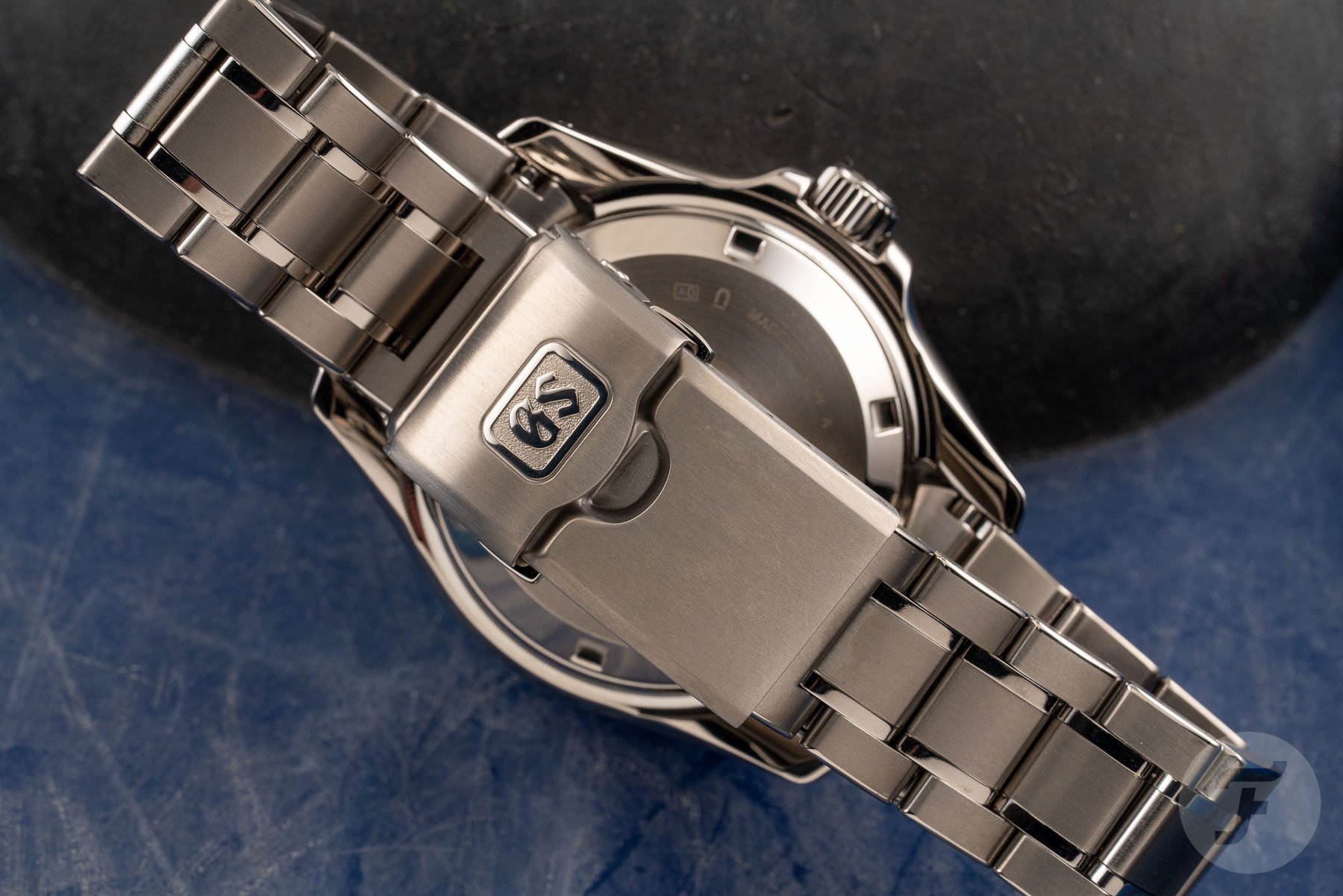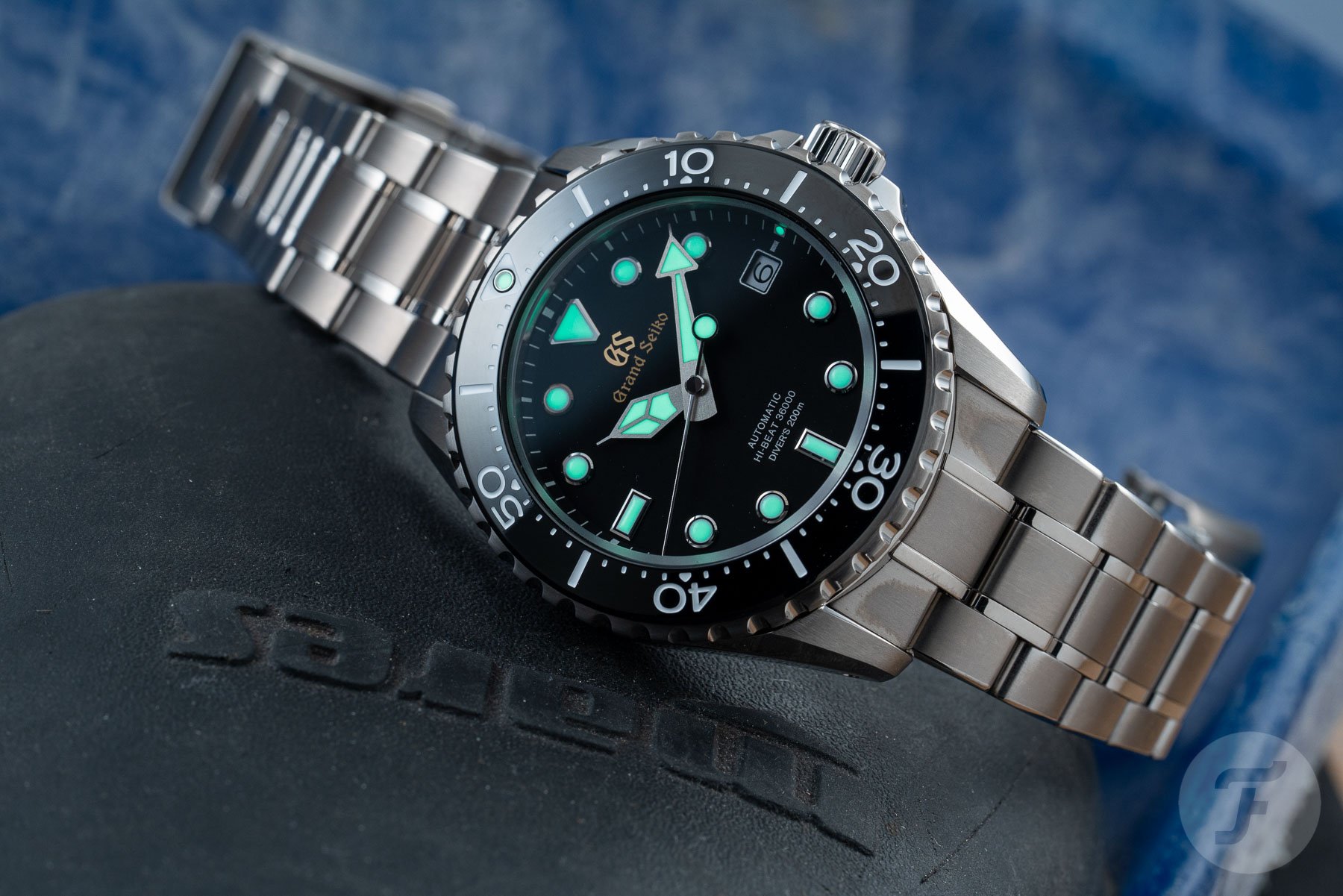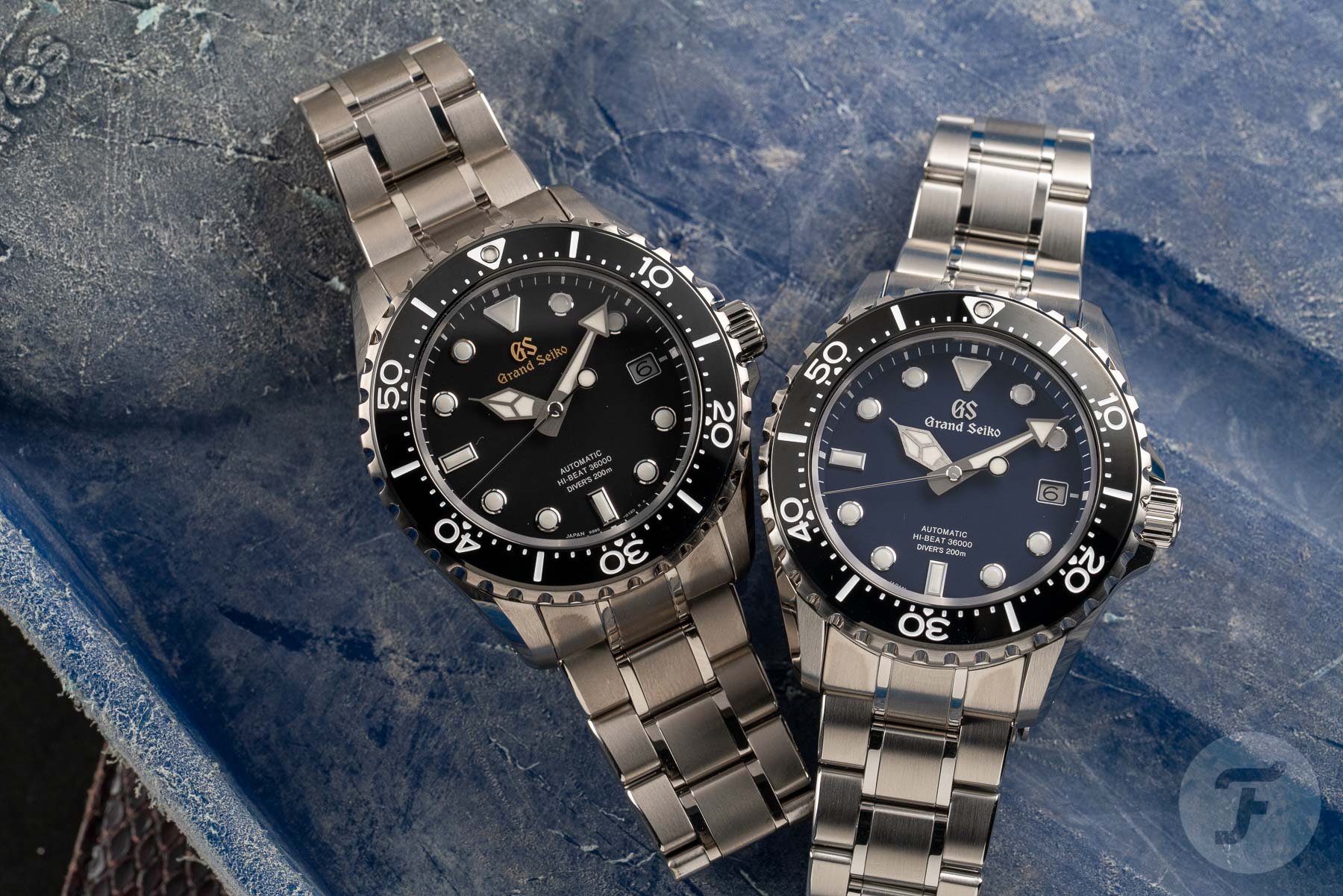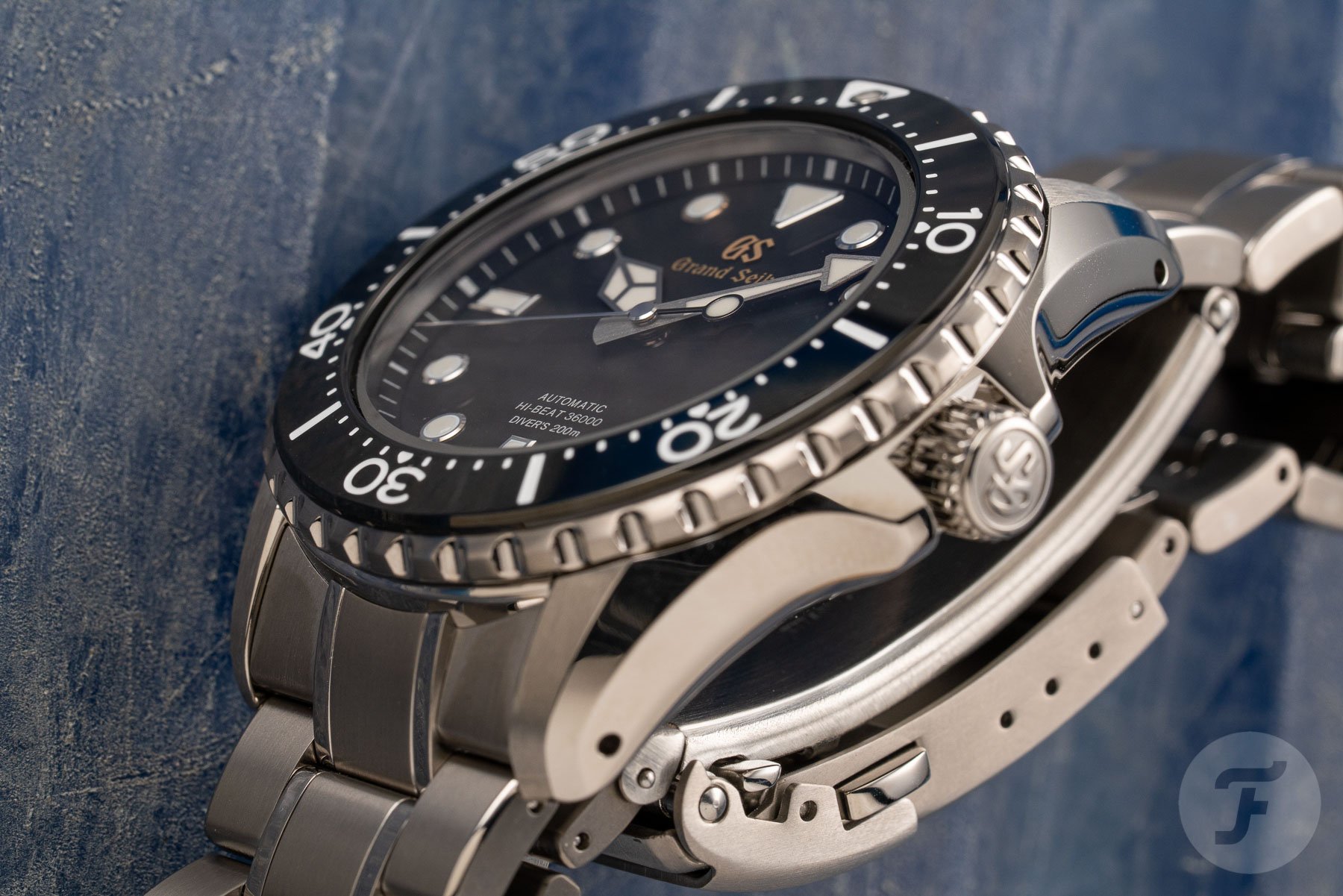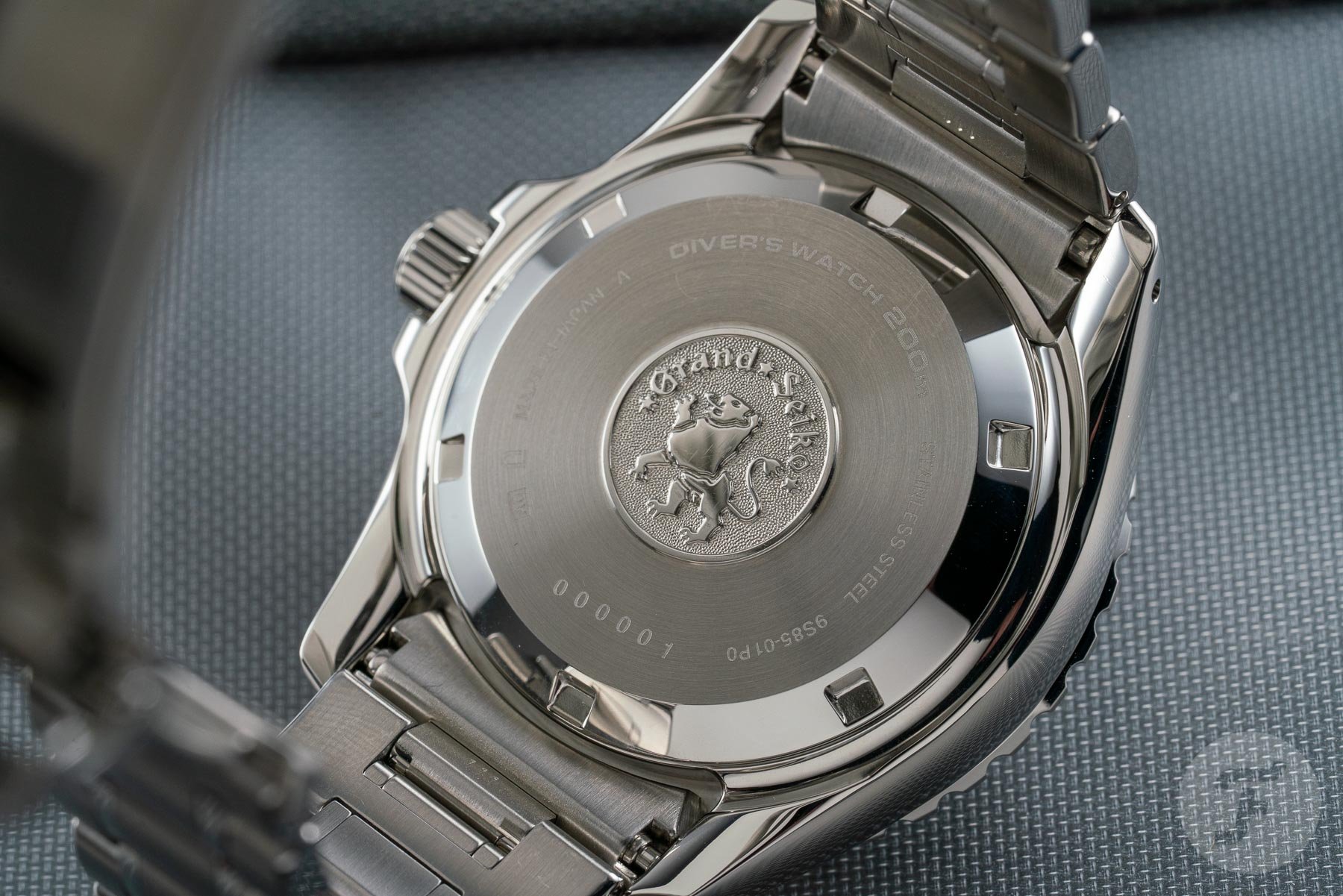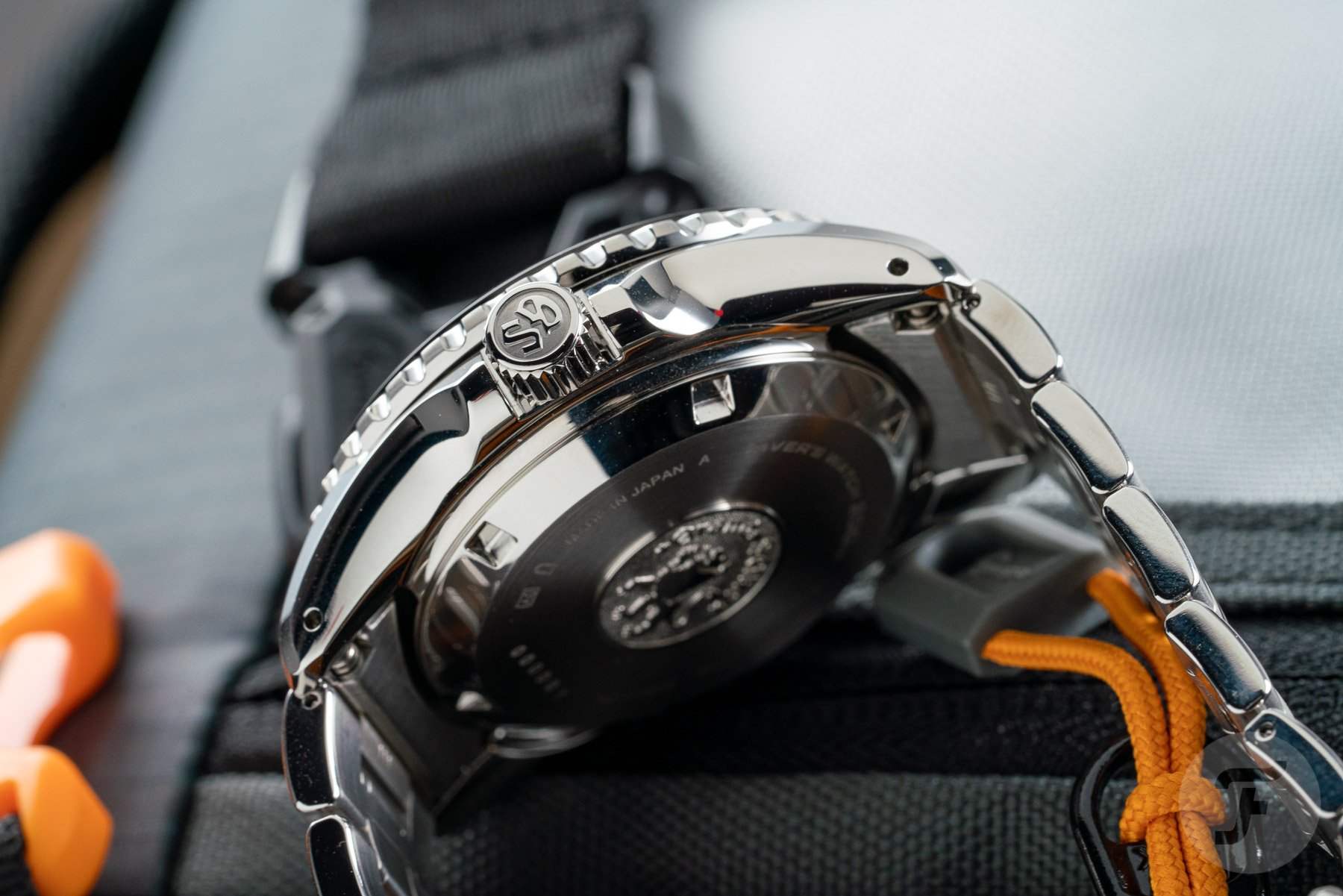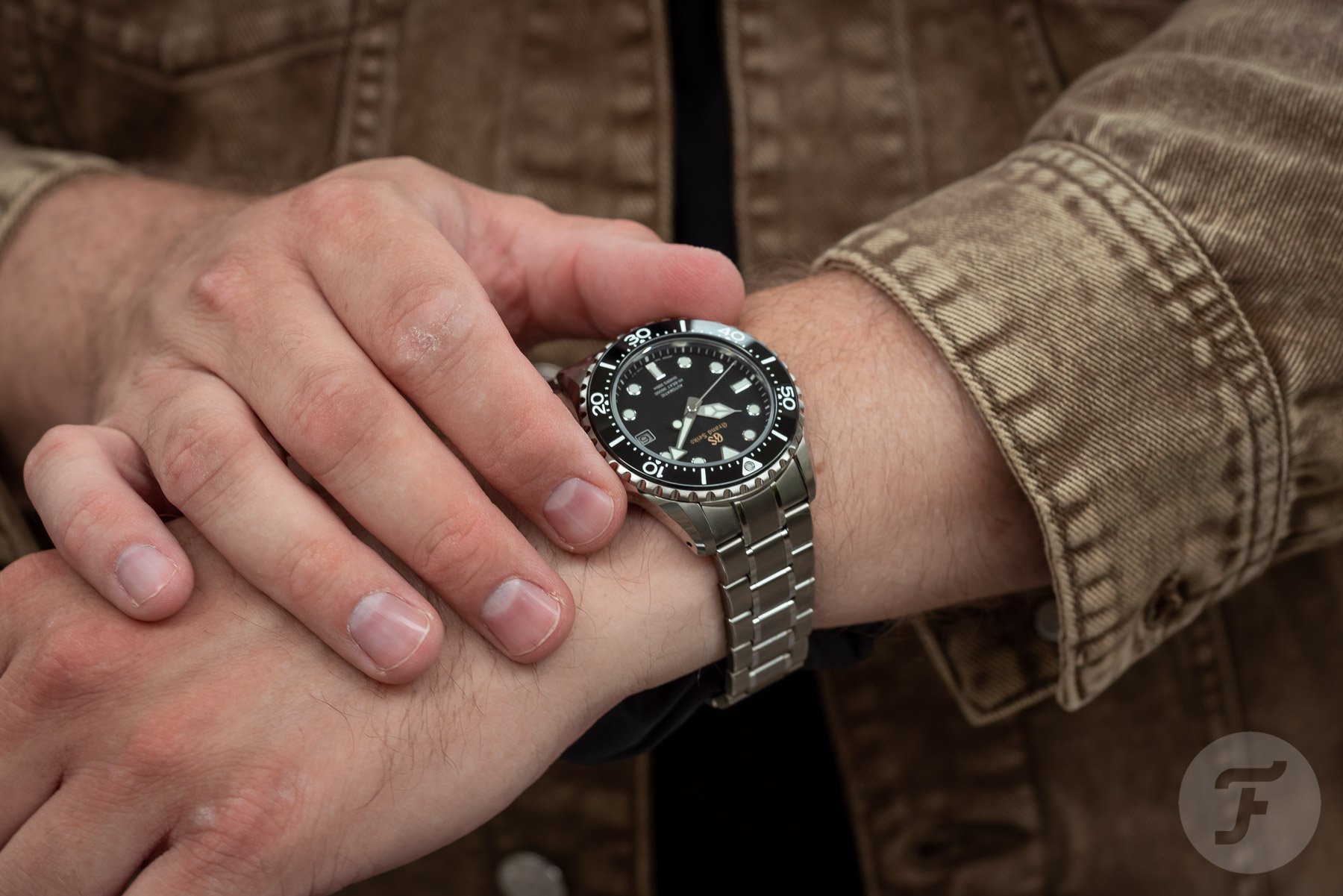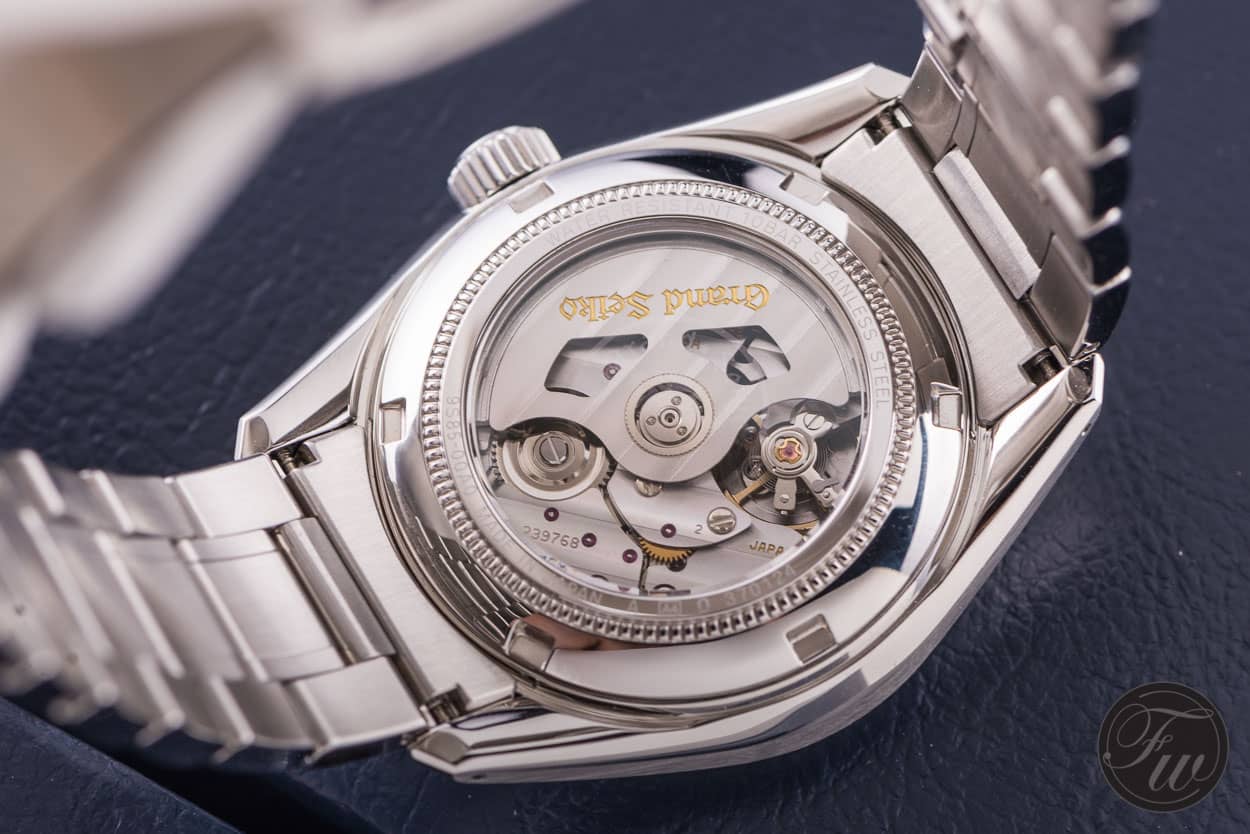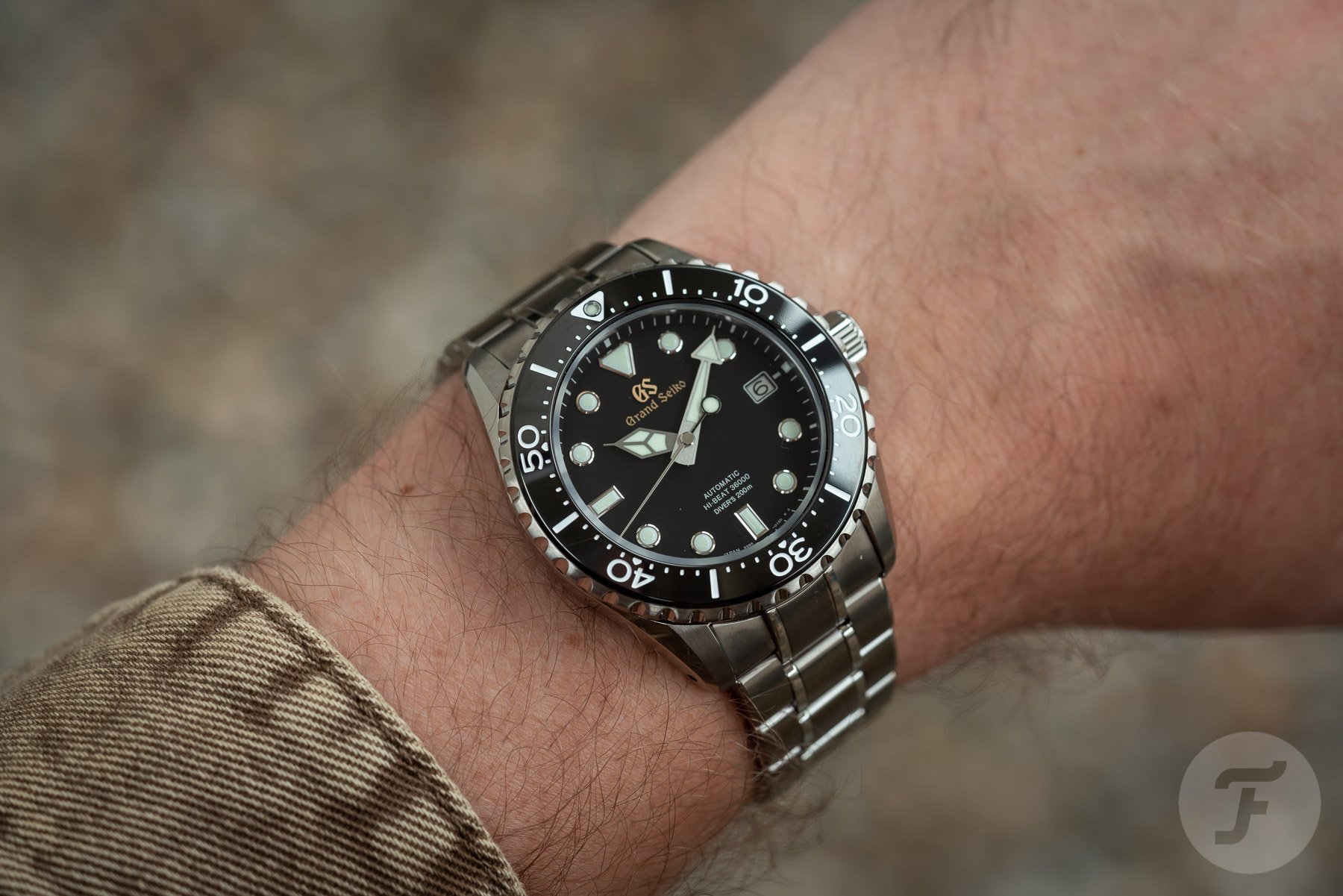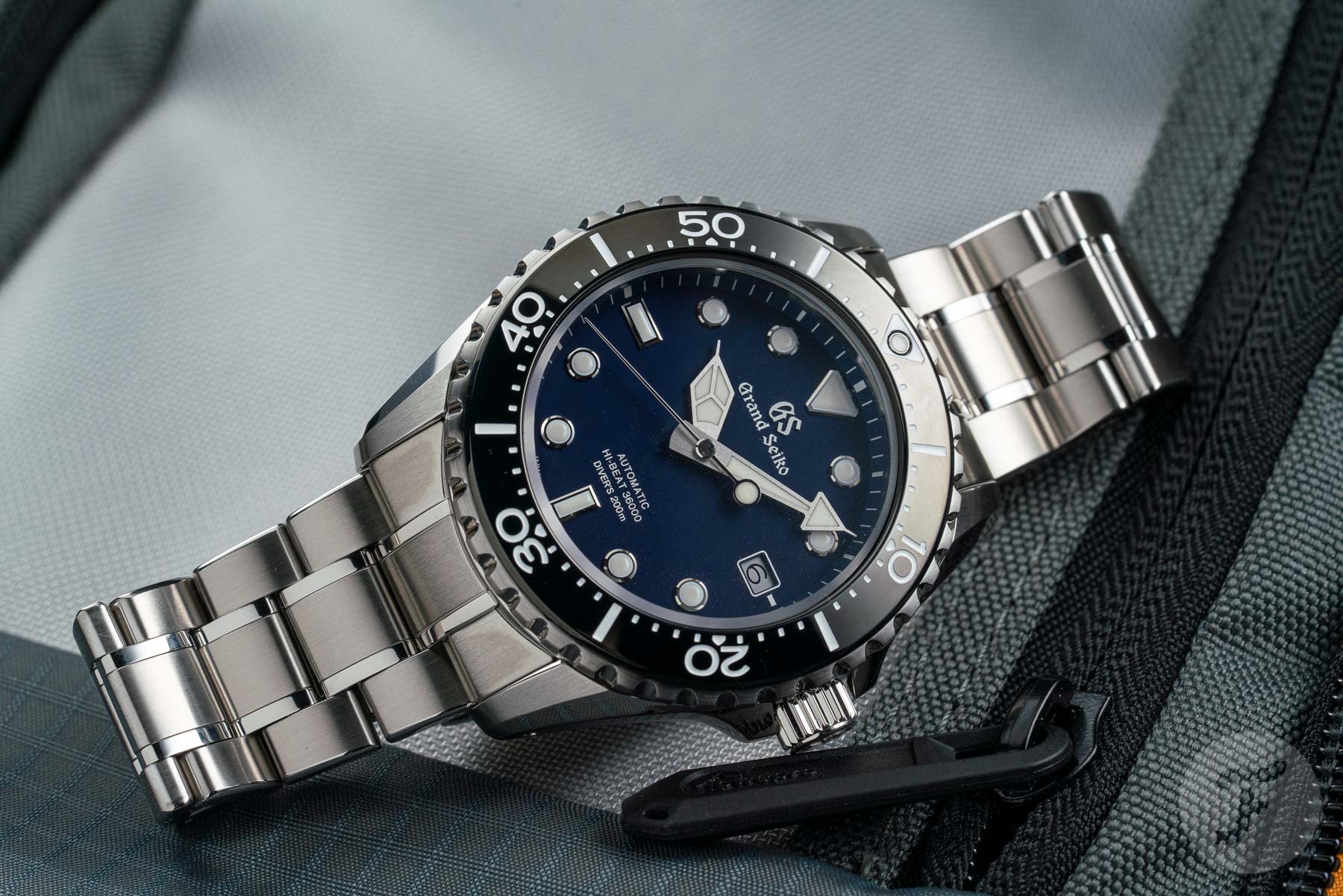Hands-On With The Grand Seiko SBGH289 And SBGH291: The Japanese Brand’s Latest Dive Watches
Just like that, Grand Seiko introduces two new professional divers watches. The Grand Seiko SBGH289, in steel with a blue dial, and the SBGH291, in High-Intensity titanium with a black dial. Both watches aren’t powered by Grand Seiko’s Spring Drive movement, but rather by its mechanical hi-beat caliber 9S85 movement.
Divers watches have been a hot ticket item for many years, even to those who don’t dive (like me). It’s often about the aesthetics of the watch, but also about the technical characteristics of these pieces. They can take a little bit of abuse, you don’t have to worry about water or moisture, and often come with a useful rotating bezel (I often use them for timing things) and a proper bracelet. All these boxes can also be checked for these new Grand Seiko SBGH289 and SBGH291 divers.
Grand Seiko SBGH289 and Grand Seiko SBGH291
Part of the Grand Seiko Sports collection, the SBGH289 and SBGH291 are the latest additions to the dive watch side of things. In the past, Grand Seiko also impressed us with the limited edition SLGA001, a 600m dive watch with a Spring Drive movement offering five days of power reserve. I also reviewed the Grand Seiko SBGA231 in the past. A diver that has more in common with the Grand Seiko SBGH289 and Grand Seiko SBGH291 that I have here today, except for the size (that one was 44.2mm instead of 43.8mm) and the movement (Spring Drive instead of Hi-Beat).
Titanium and Steel
Long-time readers of Fratello are probably aware of the fact that I am not the biggest fan of titanium. I do have my share of titanium watches, so it doesn’t hold me back in the end, but I prefer steel. And that’s exactly what Grand Seiko is offering here. Both a steel and a titanium version of the exact same watch. The steel version, Grand Seiko SBGH289 comes with a blue dial, and the SBGH291 has a black dial. The right choice was made here, as I feel that the shade of blue selected wouldn’t have looked as good with titanium as it does with steel. The steel SBGH289 weighs 209 grams (all links included), and the titanium SBGH291 weighs 142 grams. Believe me, that’s quite the difference when it is on the wrist. Both watches have the same specifications when it comes to the case dimensions, bracelet, movement, etc. Both watch, have received hard coating for better protection.
Grand Seiko SBGH289 and SBGH291 bracelet
I’ve been critical towards the bracelet in previous articles and reviews, but after I noticed the full brushed bracelets on the White Birch and SLGH003, I realized that the polished decorative links aren’t too bad. Not bad at all, actually. They add some depth to the bracelet and match with the mirror-polished surfaces on the watch case. The clasp has the GS logo embossed and is using two release buttons to open it.
As you can see in the pictures above, the extension system remains unchanged compared to previous Grand Seiko dive watches. The short flip-lock-like part of the clasp can be turned upwards, and then the extension part is free to move. This way, you can wear the watch over your neoprene wetsuit. The bracelet on these Grand Seiko SBGH289 and SBGH291 uses pins, so you will need a bracelet pin driver to resize it yourself. My suggestion would be to have this done by a watchmaker though, to prevent your bracelet from getting damaged. You will need the proper tools to do this (never use cheap tools, as your dad might have taught you), and those certainly don’t come cheap.
Lumibrite
When my daughter was a bit younger, she loved to have one of my Seiko watches on her nightstand. Not because she was able to read the time (from any watch), but because it would just glow like crazy in the dark. Lumibrite is the luminous material that Grand Seiko and Seiko use for their watches. And as you can see above, it works very well. On the Grand Seiko SBGH289 and Grand Seiko SBGH291, the hands, hour markers and lume pip on the bezel have been applied with Lumibrite. As the saying goes, a picture is worth more than a thousand words.
A proper divers watch
Seiko certainly knows how to develop dive watches for professional use. The Tuna from 1975 is perhaps one of the most incredible dive watches I’ve ever owned. Grand Seiko is able to use decades of experience when developing its sports collection’s watches. The Grand Seiko SBGH289 and SBGH291 have a water resistance of 200 meters, a uni-directional diving scale bezel (not ceramic, but received this hard coating treatment), an incredibly legible dial, large luminous hands, a screw-down crown, screw-in case back, and a bracelet with a diver’s extension.
Even when you’re not a diver, this is a watch that will last a lifetime (and probably longer) and that’s exactly why these type of watches are also popular amongst those don’t ever come near water.
Grand Seiko Caliber 9S85
There’s something special about high beat watches, or Hi-Beat, as Grand Seiko refers to it. The high frequency of 36,000vph (5Hz) ensures a very smooth sweeping seconds hand and extreme accuracy. Grand Seiko doesn’t adhere to the chronometer standard (-4/+6s) as set by the COSC but has its own (stricter) standard of -3/+5 seconds per day on average. The movement found inside these watches, caliber 9S85 offers 55 hours of power reserve and uses 37 jewels.
We’ve seen this movement in other models as well, like Grand Seiko’s SBGH001J that we’ve reviewed a couple of years ago. So don’t be confused, the picture above is not of the diver’s watches. It is the same movement though, so you’ll have an idea of what it looks like. Unfortunately, the 9S85 movement is not actually visible in the Grand Seiko SBGH289 and SBGH291 as these have closed case backs.
On the wrist
The Grand Seiko SBGH289 case diameter is 43.8mm and has a thickness of 14.7mm. The same case dimensions apply for the SBGH291, of course. It is fitted with a sapphire crystal with an anti-reflective coating on the inside. My wrist measures 19cm and I think the SBGH289 and SBGH291 fit it perfectly. Divers watches are often a little bit bigger, so even if you have smaller wrists, in terms of style they should fit. Whether you find it is comfortable, depends on your own personal preference, of course. Always try a watch first when you’re in doubt of the dimensions and weight. Also, don’t let specifications scare you away upfront, they sometimes are a little deceiving.
As written earlier, the stainless steel Grand Seiko SBGH289 with its blue dial has my preference. Not only because of the heavier weight but also because of the brighter color of steel and the blue dial. It is all personal preferences, one version isn’t better or worse than the other. There is a difference in price though! The titanium reference SBGH291 is a little bit more expensive at €8,600 ($8,800) than the steel SBGH289 at €7,200 ($7,300). That, to me, sounds like fair pricing for a watch with these kinds of specifications, even when compared to other Grand Seiko watches.
More information can be found on the official Grand Seiko website.

